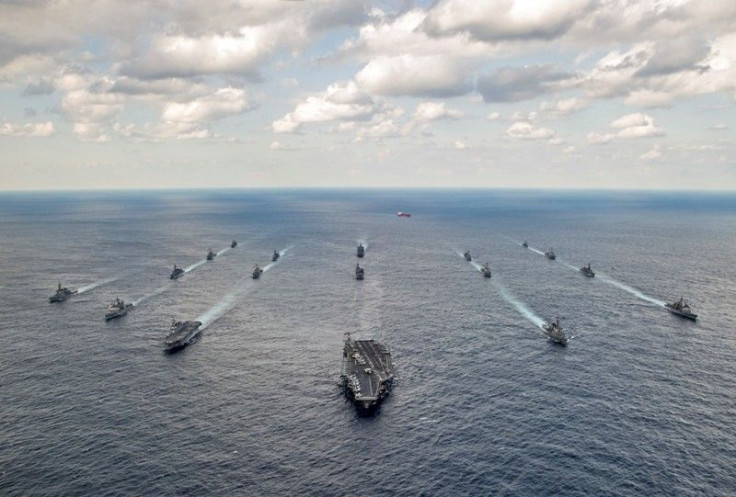Australia Ready To Join US And Philippines In The Three-Nation War Games Near South China Sea

Australia is set to join the three-nation military exercises in the South China Sea. The war games will push through amid fears in the Philippines that China is seeking to gain control of the disputed territory.
Both the U.S. and the Philippines have increased the size of their annual military exercises that would run for 10 days. The locations for the war games include a naval station in the Philippines located 220 kilometres from the Scarborough Shoal, a hotly disputed territory occupied by China since 2012, reports SMH.
More than 60 troops from the Australian army, navy, air force and Defence Sciene Technology Organisation will join the civil-humanitarian assistance operations on the islands of Palawan and Panay in the Philippines during the war games on April 20. The Philippines had denied that the exercises do not indicate a show of force against China. However, U.S. Secretary of Defence Ash Carter warned against militarising territorial disputes in the South China Sea.
When asked if the military exercises were a response to China’s show of force, Carter said in his first Asian tour that the U.S. and the Philippines had shared interests in the region. Both countries want to ensure that the status quo will not change by force.
Carter’s statements came days after U.S. Admiral Harry Harris, the U.S. Pacific Fleet commander, said in Australia that China posed a “serious threat” to stability in the region when it began building a string of new islands in the South China Sea. Satellite images have revealed that Chinese workers were constructing ports and fuel storage depots. Possible two airstrips were also spotted with experts saying China can use the facilities to project power deep in Southeast Asia, reports The Guardian.
Australia has previously sent military personnel to four other similar activities in the Philippines in the past. “Exercise Balikatan allows the ADF to further build its defence ties and military-civilian coordination skills with the Philippines and the U.S., as well as enhancing regional security and stability,” said the ADF on its website.
Australian policy does allow the country to take sides in territorial disputes in the South China Sea but agrees on the idea that the row should be resolved in a peaceful manner. Before Carter left the U.S. for South Korea and Japan, Carter has suggested that the U.S. is planning to send more advanced aircraft and ships to the region. He said the U.S. and several countries are “deeply concerned” about China’s activities in the area.
To report problems or leave feedback on this article, contact: r.su@ibtimes.com.au





















